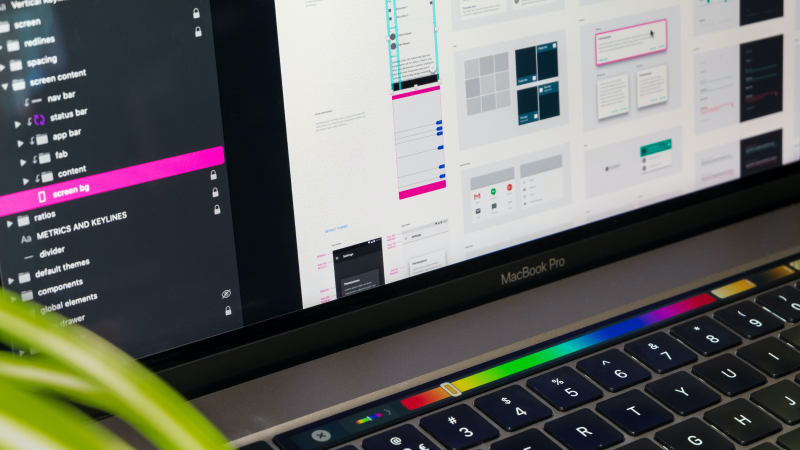Oftentimes as a Webflow Designer a client might get you to work on a site that has been built by another Designer or agency. The work might be just simple content changes your client doesn't have time for (or doesn't have the ability to do). You could also be tasked to add new features, make changes to the visuals or integrate new services. Sounds pretty straight forward, right? The point of this article is to give you a brief overview of some of the things you should consider when taking over a pre-built Webflow site. So let's get right into it!
Brand manual and style guide
If you need to add new elements or even page layouts it is really useful to have a brand manual or style guide at hand. This helps you to get up to speed with the brand's "look & feel" and ensures you are using the right typefaces, colours and overall visual language. Look out for a "Stylesheet" (or similar) page in their Webflow project which will hopefully specify some of these items already.
3rd-party tools and integrations
Is your client using services like Memberstack, Elfsight or Jetboost? Make sure to check which additional services they are using with their Webflow site, where/how they are used on the site (such as cookie banner, CMS collection filter on page X etc.) and how to access them. You'll not only need login details for most external tools, but also have to possibly factor in some time learning how to use them. Even if you know how to operate the tools your client utilises, you still have to get your head around the settings the previous designer or agency has put in place.
Find out what can stay and what can change
Talk to your client and/or the previous designer about what can be amended on the site and what needs to stay as is. You don't want to remove items that are a must-have and spend unnecessary time recreating things later on. However if there are things you think could be improved or that you are unsure about, talk about it!
Watch out for custom code
Make sure you know if the previous agency has used custom code for certain functionalities. You don't want to find out that feature X the previous agency has implemented only works via a custom code snippet which takes you ages to locate on the site. Also, if you are not a JavaScript wizard make sure you either know how to find help or the necessary resources to edit the necessary code. In this case it is probably best to ask the client or previous Webflow developer first if you are expected to make extensive changes to custom code. If the answer is yes (and you are not super-great with custom code) you might want to say so. Otherwise you will have the issue of not being able to make the requested changes. By the way, custom code can be located in various areas of your Webflow project: the Webflow project settings, the actual page settings or as an HTML embed element on a page. Custom code can also be included inside a rich text element in a CMS collection.
Hopefully this brief outline of what to look out for when taking over a Webflow project from another agency or designer helps you when you work on your next project. Have you got anything that I have missed and that needs to be added to this article? Let me know!
Any questions? Contact me here.
Still looking for a great alternative to PayPal for accepting client payments? Check out TransferWise – a tool I use for any non-Aussie clients. You can read more about it in a previous blog article or try out TransferWise here (yep, this is an affiliate link).





